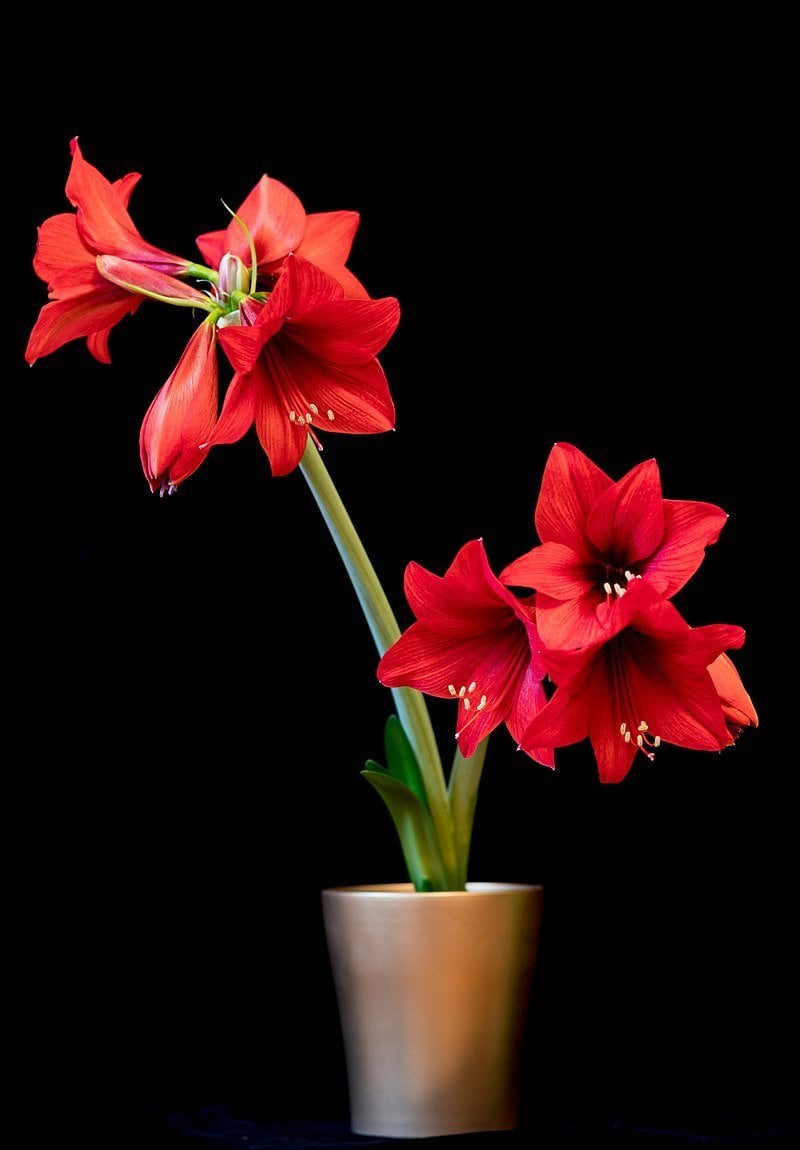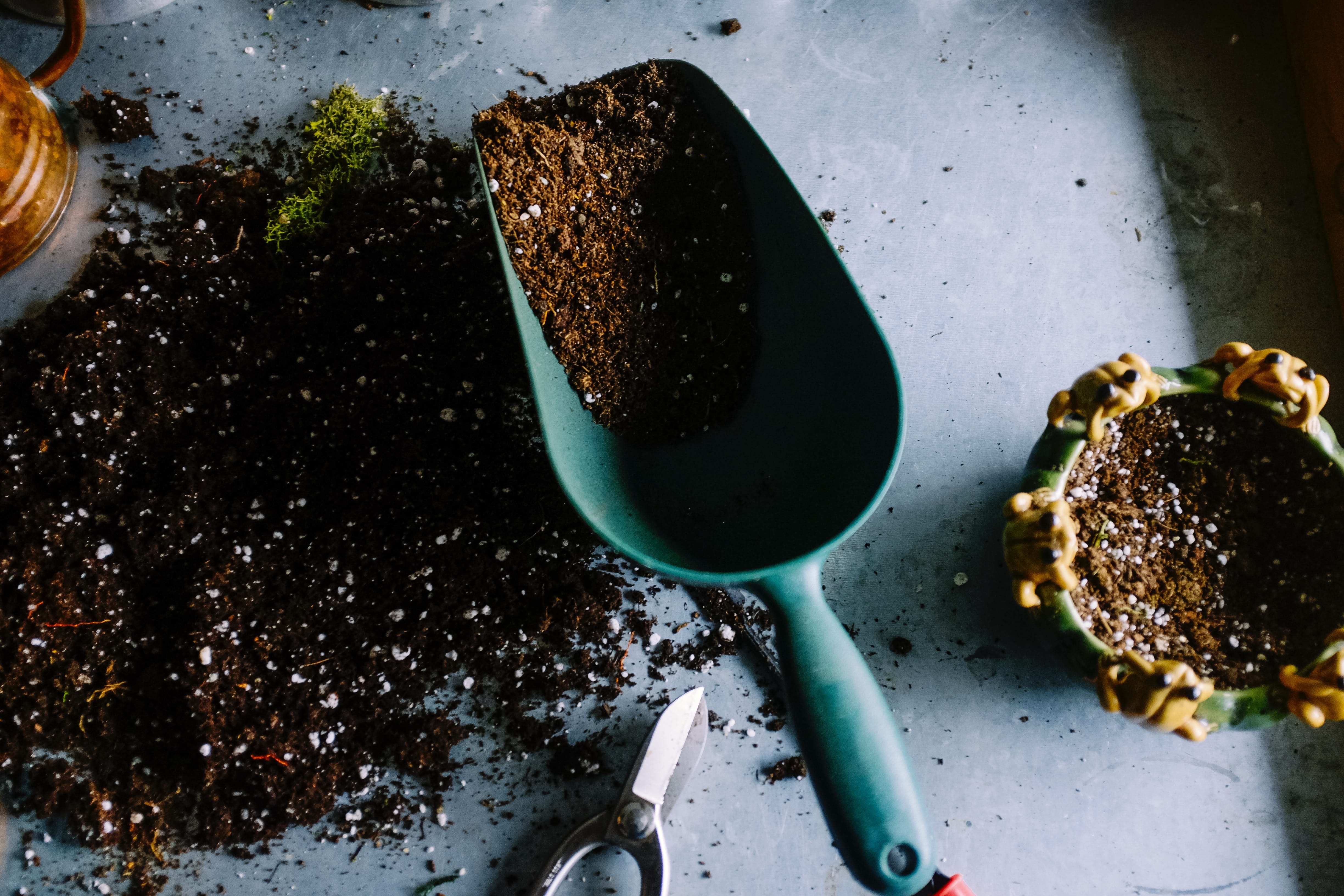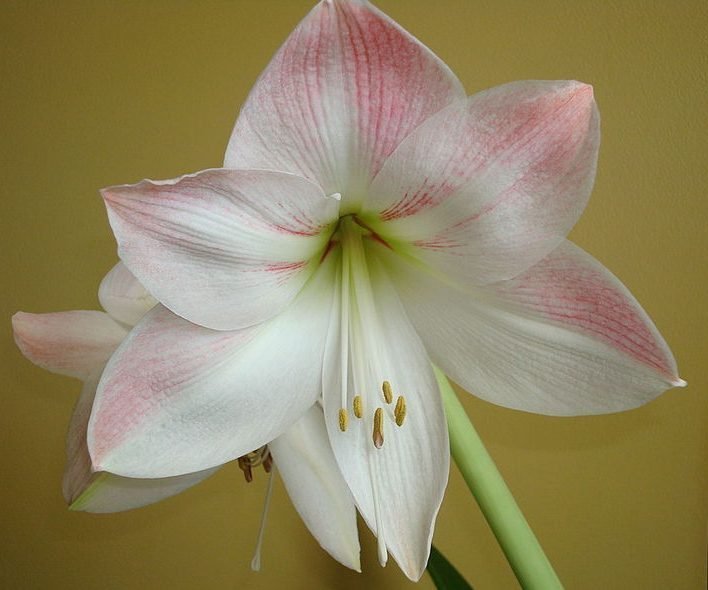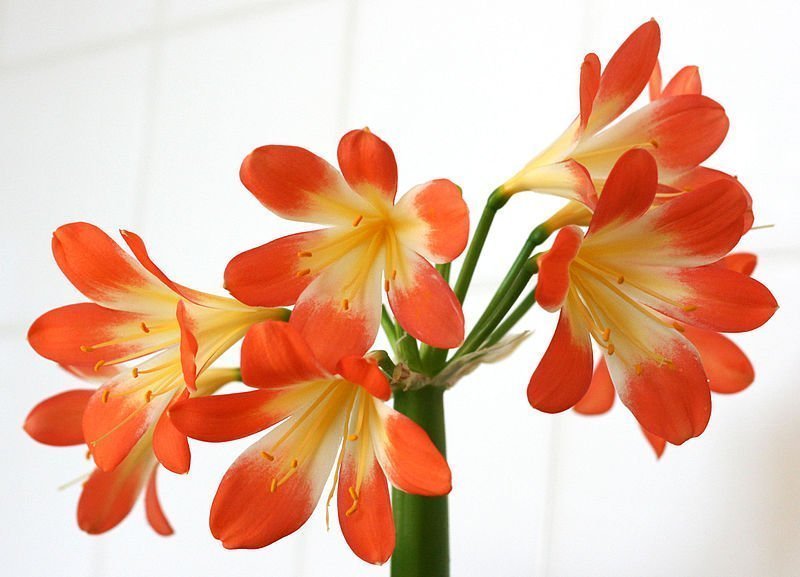The amaryllis will brighten up your desolate apartment, perhaps influenced by the gray winter days, with a colorful atmosphere. So it is an excellent eye-catcher, especially for the winter months, when it shows its magnificent flowers. We will show you what proper amaryllis care looks like in your home. After all, you want to score points with your visitors with this special houseplant. You can find all important information in this article.
The history of amaryllis
The amaryllis, which belongs to the bulb family, is also called knight's star. As previously assumed, the plant does not belong to the genus Amaryllis. Botanists include it in the genus Hippeastrum, which includes around 70 natural species and around 600 other cultivated forms. The amaryllis plants, which come in different color variants, originally come from subtropical South America. The special thing about the plant: thanks to its large bulb as an outlasting organ, it can cope very well with cool temperatures, rainy periods or even dry phases.
The most diverse amaryllis species
The flowers of the amaryllis, which bloom from October to April, appear in a wide variety of colors and shapes. Here we introduce you to five popular varieties that are used as houseplants.
- Example 1: Amaryllis "Ferrari"- Appears on a wintry window sill with its giant red flower.
- Example 2: Amaryllis "Amadeus"- Its flower is snow-white with pink flower tips.
- Example 3: Amaryllis "Jewel"- The white flower exudes a fragrant atmosphere.
- Example 4: Amaryllis 'Exotic Nymph'- Cream white flower with a peach pattern.
- Example 5: Amaryllis 'Pretty Nymph'- White pink flower that curls at the flower edges.

Amaryllis care: It's that easy
So that you can also conjure up a plant with a magnificent flower in your home, we will show you the most important things that you should consider when caring for amaryllis.
The right Amaryllis location
A special feature of the subtropical bulb flower Amaryllis: It belongs to the winter bloomers. For this reason, it needs sufficient light during its flowering period from October to April. It is best to place your amaryllis in a very bright place where the room temperature is between 15 and 20 degrees Celsius. In the summer months from May you should move your plant to a semi-shady outdoor location (e.g. balcony or terrace). The dormant phase of the amaryllis begins in September: Place the flowerpot together with the plant in a dry and dark place (e.g. a basement room). When choosing the location alone, you will notice that the amaryllis is not necessarily one of the very easy-care houseplants. So that you do everything right when caring for the amaryllis, we'll take you by the hand.
Amaryllis soil: The substrate has to be right
The loose substrate for the amaryllis should always be water-permeable. A particularly nutrient-rich and slightly acidic potting soil is well suited for your plant. Ideally, you can add a tablespoon of horn shavings or a handful of perlite or lava granules to the substrate.
Tip: Make sure that there is good drainage in the pot so that there is no waterlogging. This means that the amaryllis does not develop its colorful flowers.

Watering amaryllis: Say goodbye to excess water!
If you have planted a very fresh amaryllis bulb, then only water it moderately ten to twelve days later. You should also avoid waterlogging with an older amaryllis plant that is already flowering. Because too much water leads to root rot, which in the worst case can lead to the death of the plant.
Tip: In the growth/flowering phase, you should never pour the water on top of the plant, if possible, but always in a planter or saucer. When the soil has absorbed enough water to be moist, you can drain off the excess water.
Fertilize amaryllis: make sure there are enough nutrients
When caring for amaryllis, it is important that you supply your plant with nutrients, especially during the growth phase. This way you guarantee the unique colorful flower. Nevertheless, you should also provide the plant with organic fertilizer once a week after the flowering period so that it can collect and build up enough nutrients for the next growth phase. You can stop fertilizing during the resting phase from around September.
Pruning amaryllis: cutting back dried flowers
Repotting amaryllis: This is how your plant can draw new strength
A good prerequisite for a magnificent flower is repotting. You should always do this in the weeks from the end of October to the beginning of November, i.e. directly before the flowering period. To do this, cut off the dried plant parts directly above the soil. Please make sure that you do not damage the sensitive flower bulb. Then you can plant the tuber in a new pot with fresh soil. The onion should always protrude about halfway out of the ground. Place the freshly potted amaryllis bulb in a light and warm spot so that it can start flowering.
Propagating Amaryllis: Form your own little Amaryllis family
If you have provided your amaryllis with enough water, sunlight and nutrients during the summer months, then it is possible that these small daughter bulbs have developed. You can use these excellently for the propagation of your plant. After the dormant phase, you can carefully remove the daughter bulbs from the mother bulbs and plant each in its own flower pot. The same Amaryllis care applies here as for the mother plant.
Is the amaryllis poisonous?
The amaryllis convinces with its unique and large flower. It is therefore less pleasing that all parts of the amaryllis plant are poisonous to cats, dogs and children. The onion in particular contains substances that are inedible. Consuming it can result in severe symptoms of poisoning. These manifest themselves in nausea and vomiting, dizziness and tachycardia or even very heavy sweating. For this reason, please make sure that your houseplant is out of the reach of children and pets.

Tips for problems with the amaryllis
In unfavorable site conditions, the leaves of the amaryllis may become unnaturally long. It signals to you that it suffers from a lack of light. Then it is also possible that they do not flower in the winter months.
Tip: Be sure to place the plant in a light location and do not cut off the green leaves, even if they seem too long to you. Always water the amaryllis nicely from below.
A natural plant kingdom in your home
Now you have learned a lot about amaryllis care and nothing stands in the way of a wonderful bloom. If you would like to decorate your home with even more flowering or evergreen houseplants, let yourself be inspired on our site.
.



















Leave a comment